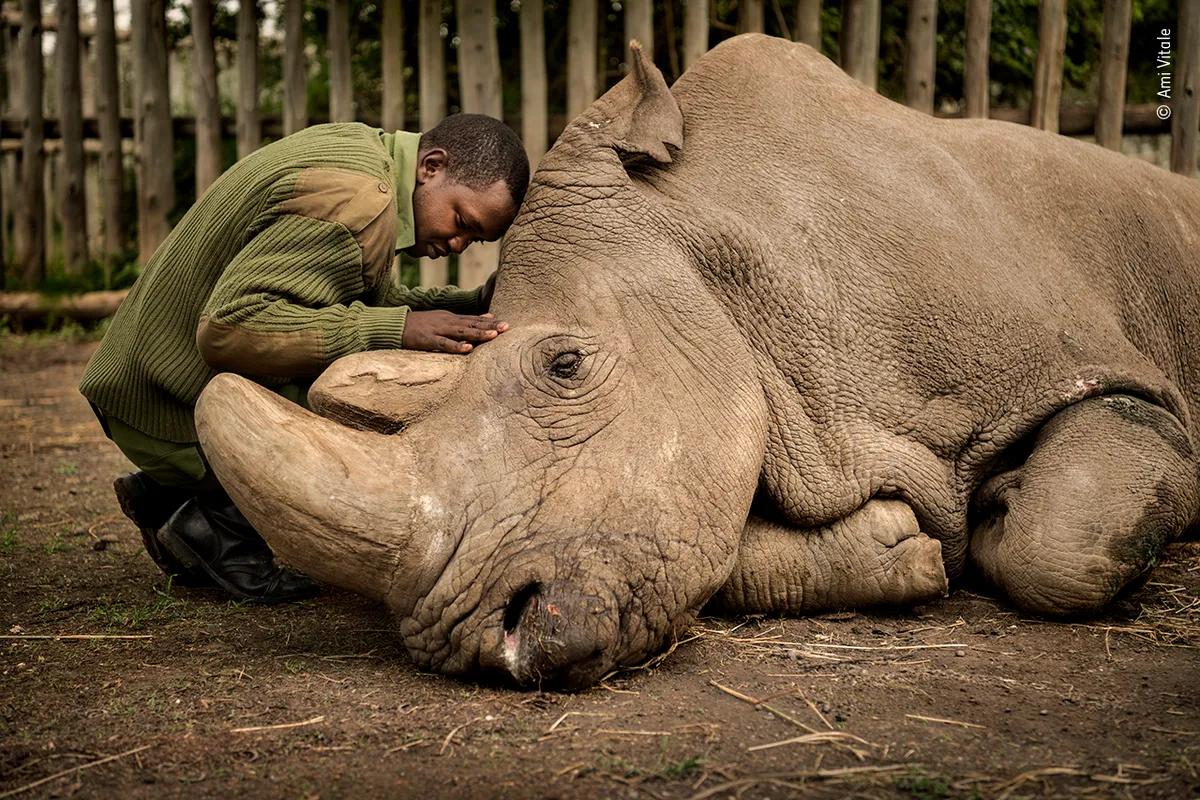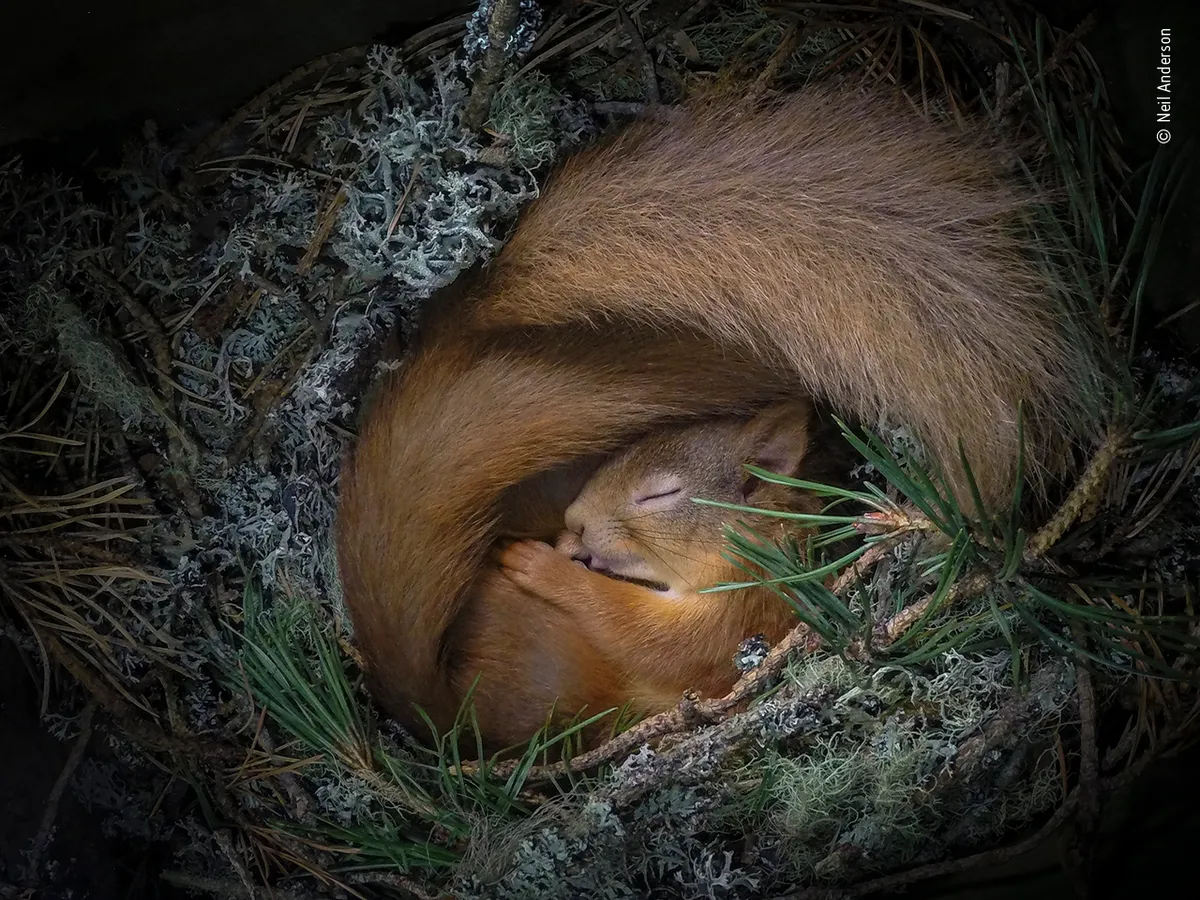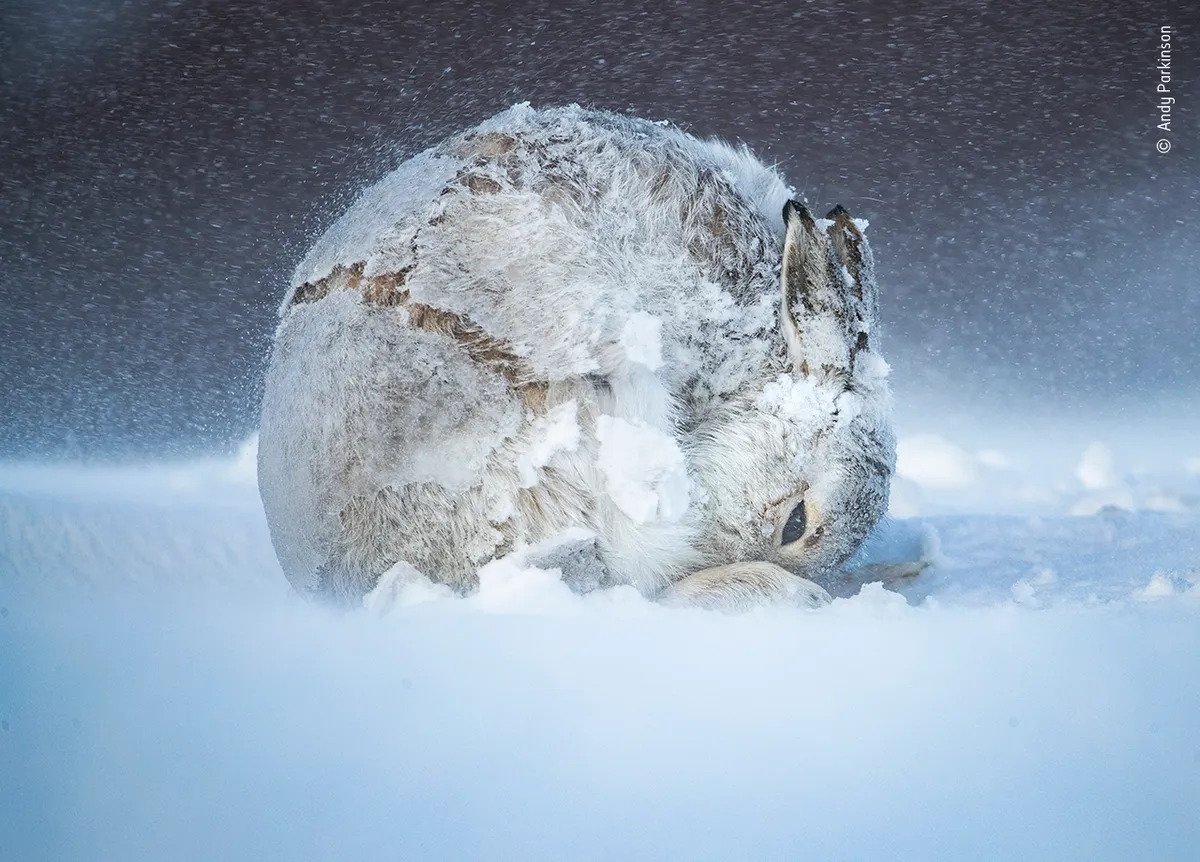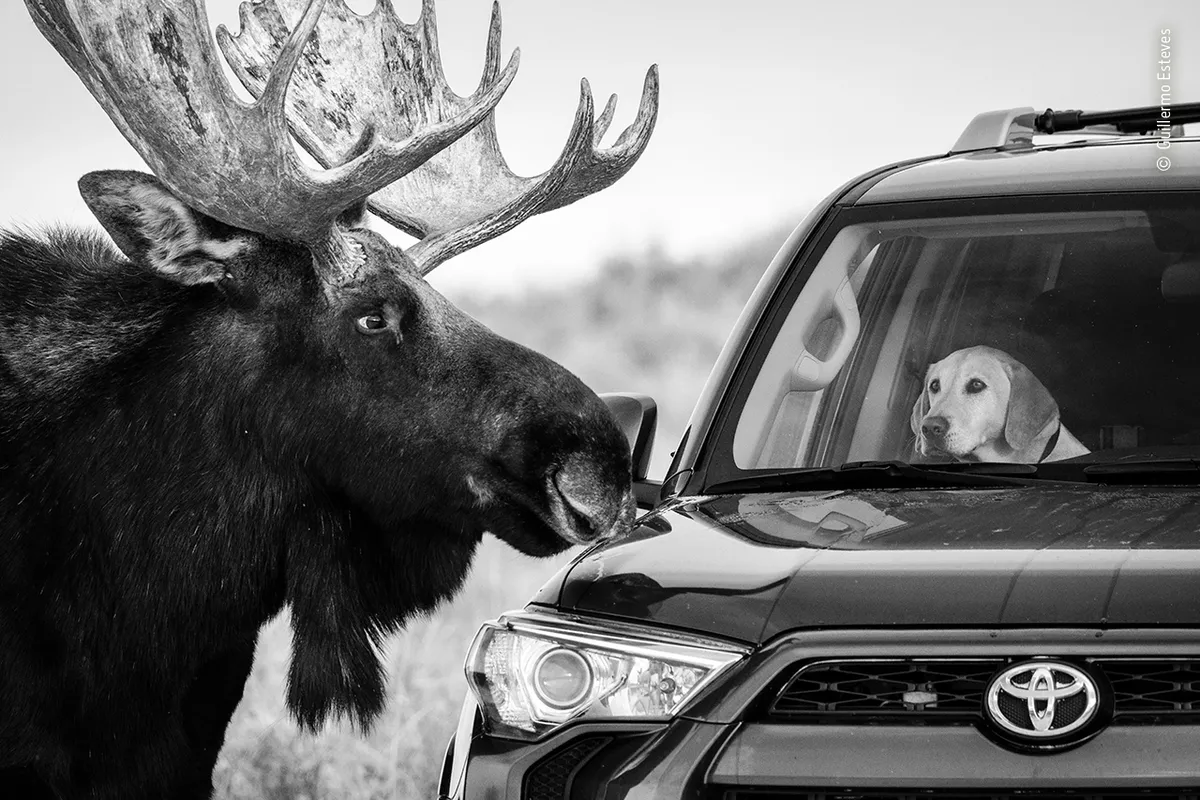The Natural History Museum, London (NHM), has announced the winning image and photographer for the Wildlife Photographer of the Year People's Choice Award as ‘Bushfire’ taken by wildlife photographer and conservationist Robert Irwin, son of the late Steve Irwin.
After spotting smoke billowing out of the horizon, Robert knew he had a prime opportunity. Launching his drone, he sent it straight over to the location of the fire. With only a few minutes of battery left, he knew he had to act fast. Taking it right into the thick of the smoke, he managed to frame a clear 50:50 shot, with a pristine natural conservation area on one side juxtaposed with the blackened, devastated remains on the other. Taken near the Steve Irwin Wildlife Reserve in Cape York, Queensland, the area is of high conservation value and is home to over 30 different ecosystems with many endangered species.
“I am incredibly excited to win the Wildlife Photographer of The Year People’s Choice Award,” says Robert Irwin. “For me, nature photography is about telling a story to make a difference for the environment and our planet. I feel it is particularly special for this image to be awarded, not only as a profound personal honour but also as a reminder of our effect on the natural world and our responsibility to care for it.”
View the 25 shortlisted images for the People's Choice Award, the winning images of the Wildlife Photographer of the Year 2020, and the highly commended images.
“Robert's image is both stirring and symbolic,” comments Dr Doug Gurr, director of the NHM. “Last year the world stood aghast at the devastating wildfires that struck much of Australia, and this photograph depicts just one example of a staggering biodiversity loss caused by the detrimental impacts of climate change, habitat loss and pollution. But it is by no means too late for us to act. I hope those who see this image are enthused to learn more about the problems our natural world faces but also to take action in their daily lives – be it changing dietary or travel habits or even joining a local wildlife volunteering group.”
The winner of last year’s The People’s Choice Award was Bristol-based photography Sam Rowley, with his “Station Squabble” image of two mice fighting on the platform of a London Underground station.
Wildlife Photographer of the Year is developed and produced by the NHM. The competition was originally founded in 1965 by BBC Wildlife Magazine, then called Animals. The NHM joined forces in 1984 to create the competition as it is known today, and now solely runs and owns it.
The winning image and the four ‘Highly Commended’ (below) images will be displayed in the Wildlife Photographer of the Year exhibition at the NHM when the Museum reopens. The exhibition will now be open until 1 August 2021.
The 2020 competition attracted almost 49,000 entries from professionals and amateurs across 86 countries. The 2021 competition is now closed for entries, and the images are currently being judged by the expert panel. The winners will be revealed in October 2021.
Learn more about how to win Wildlife Photographer of the Year in our exclusive interview with Rosamund Kidman Cox, chair of the jury and a former editor of BBC Wildlife Magazine, where she reveals what makes an entry catch the eye.
View the Winning and Highly Commended images from recent years:
The four ‘Highly Commended’ images for the People's Choice Award:

Joseph Wachira comforts Sudan, the last male northern white rhino left on the planet, moments before he passed away at Ol Pejeta Wildlife Conservancy in northern Kenya. Suffering from age-related complications, he died surrounded by the people who had cared for him.
With every extinction we suffer more than loss of ecosystem health. When we see ourselves as part of nature, we understand that saving nature is really about saving ourselves. Ami’s hope is that Sudan’s legacy will serve as a catalyst to awaken humanity to this reality.
Read our news story from 2018 on the passing of Sudan.

As the weather grew colder, two Eurasian red squirrels (only one is clearly visible) found comfort and warmth in a box Neil had put up in one of the pine trees near his home in the Scottish Highlands. In the colder months, it’s common for the squirrels, even when unrelated, to share dreys.
After discovering the box full of nesting material and in frequent use, Neil installed a camera and LED light with a diffuser on a dimmer. The box had a lot of natural light so he slowly increased the light to highlight his subjects – and using the WiFi app on his phone he was able take stills from the ground.

Andy spent five weeks watching the mountain hares near Tomatin in the Scottish Highlands, waiting patiently for any movement – a stretch, a yawn or a shake – which typically came every 30 to 45 minutes. As he watched, frozen and prostrate, with 50 to 60 mph winds surging relentlessly around him, the cold started to distract and his fingers clasping the icy metal camera body and lens began to burn.
Then relief came as this little female moved her body into a perfect spherical shape. A movement of sheer joy. Andy craves such moments: the isolation, the physical challenge and, most importantly, time with nature.

The worried looking expression on this dog’s face speaks volumes and is a reminder that moose are large, unpredictable, wild animals. Guillermo was photographing moose on the side of the road at Antelope Flats in Grand Teton National Park, Wyoming, USA, when this large bull took an interest in the furry visitor – the driver of the car unable to move it before the moose made its approach. Luckily, the moose lost interest and went on its way after a few moments.
Main image: Bushfire. © Robert Irwin (Australia)/Wildlife Photographer of the Year

